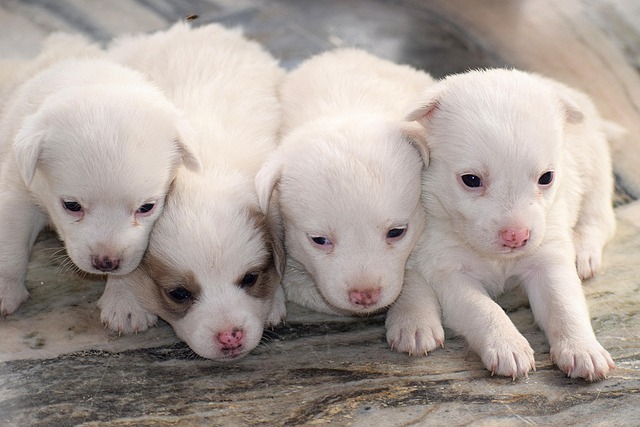
How long can a dog get vaccinated after recovering from a cold
As a dog owner, it’s heartbreaking to see your furry friend sniffling and sneezing through a cold. But once they’re on the mend, you might wonder:
Corgis bring endless joy with their big personalities and even bigger ears, but sometimes they bring a noticeable "doggy smell" too. While all dogs have a natural scent, strong or unpleasant odors often signal something needs attention – and it’s usually fixable. Understanding the common sources and adopting a proactive routine keeps your Corgi fresh and comfortable, aligning with responsible pet care expectations across the EU, UK, and North America.
Start with the ears – those iconic Corgi satellites are odor magnets. Their shape traps moisture, wax, and debris, creating a perfect environment for yeast or bacteria. A faint, cheesy smell is a red flag. Gently check ears weekly for redness, discharge, or excess wax. Clean only as needed using a veterinarian-recommended ear cleaner on a cotton pad (never cotton swabs!). Wipe the visible outer folds, avoiding the ear canal. Over-cleaning can irritate, so follow your vet’s advice. Regular checks prevent painful infections and eliminate a major odor source.
Next, tackle skin folds, especially around the neck and tail base. These adorable wrinkles trap sweat, dirt, and bacteria. Gently wipe folds weekly with a soft, damp cloth or unscented pet wipe, then thoroughly dry them. Moisture left in folds breeds yeast, leading to a distinct, musty smell. If you notice redness, irritation, or a strong odor between cleanings, consult your vet. Keeping folds clean and dry prevents dermatitis, a common welfare issue preventable through basic grooming – a core requirement under animal welfare acts like the UK's Animal Welfare Act 2006.
Bathing plays a role, but overdoing it backfires. Washing too frequently strips essential oils, causing dry, itchy skin that overcompensates with more oil and odor. For most Corgis, a bath every 4-8 weeks suffices using a gentle, oatmeal-based or hypoallergenic dog shampoo. Focus on lathering thoroughly and rinsing extremely well – leftover shampoo residue irritates skin. Always dry their double coat completely, especially the dense undercoat near the skin, using a high-velocity dryer on low heat if tolerated. Damp undercoat smells sour and invites skin problems.
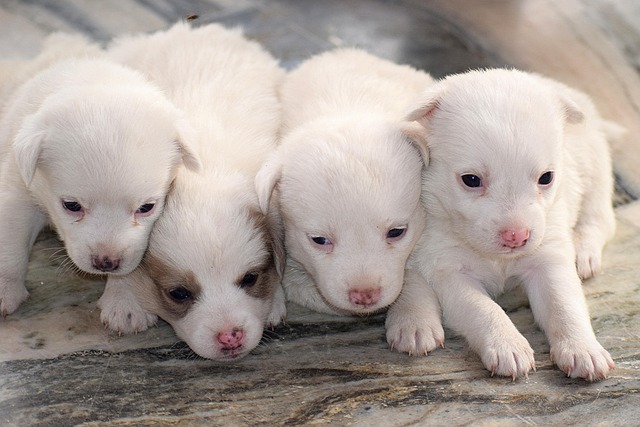
Don’t forget the basics: dental hygiene and anal glands. Bad breath significantly contributes to overall odor. Brush your Corgi’s teeth several times weekly with enzymatic dog toothpaste. Dental chews approved by the VOHC (Veterinary Oral Health Council) help between brushings. Impacted or infected anal glands produce a fishy, overwhelming smell. Signs include scooting or excessive licking under the tail. Expressing glands is a job for your vet or groomer – attempting it yourself risks injury and is often unnecessary if their diet includes adequate fiber (pumpkin or specific kibbles can help).
Diet directly impacts skin and coat health (and smell!). Low-quality foods with fillers, artificial additives, or common allergens (like chicken or beef for some dogs) can cause digestive upset, gas, and skin inflammation that emits odor. Opt for high-quality food with identifiable protein sources. Sudden dietary changes can also cause issues, so transition slowly. If gas or skin odor persists despite good food, discuss allergies or sensitivities with your vet. Providing a nutritionally complete diet is a fundamental welfare obligation under EU Regulation 2019/6 and similar national laws.
Environmental factors matter too. Wash bedding weekly in hot water with unscented detergent. Vacuum carpets and furniture regularly to remove dander and dirt your Corgi might roll in. If they love mud or ponds, a quick rinse (no shampoo) and full dry afterward prevents that damp-dog smell from setting in. Remember, a healthy Corgi shouldn’t smell overpoweringly bad. Persistent, strong odors despite good hygiene warrant a vet visit to rule out underlying issues like skin infections, metabolic problems, or dental disease. Consistent, gentle care keeps your Corgi smelling sweeter and living healthier.

As a dog owner, it’s heartbreaking to see your furry friend sniffling and sneezing through a cold. But once they’re on the mend, you might wonder:
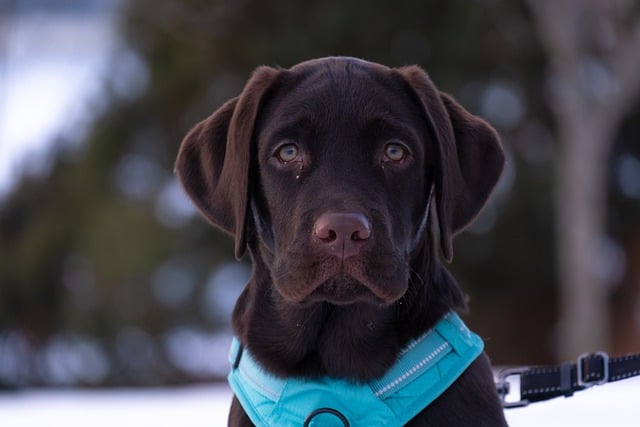
Watching your Labrador bound across the park is a thrill,but what if you notice their ribs showing a bit too much or they tire quickly on hikes?Building muscle isn't just about looks—it's crucial for your dog's joint health,stamina,and overall well-being.
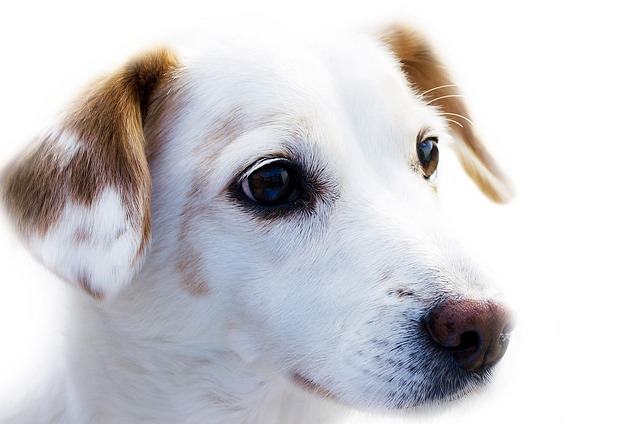
Picture this: Your golden retriever, Max, just came back from a rainy walk in Central Park. He’s sneezing, his nose is runny, and he’s curled up shivering on his bed.
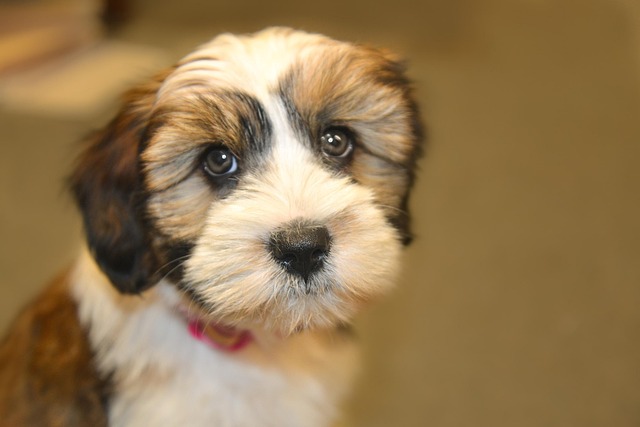
So you're scrambling some eggs for breakfast and those big, hopeful eyes are locked onto your plate. It happens to every dog owner sooner or later.

We’ve all buried our noses in that stinky fur after a rainy walk or noticed an unpleasant smell lingering near your dog’s bed.
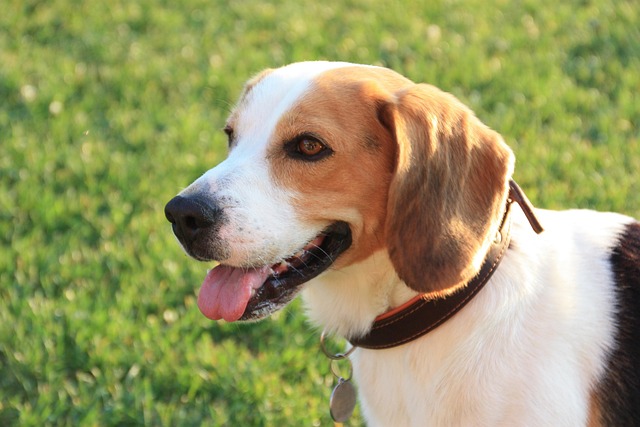
When it comes to Pomeranians and their eating habits, their tiny stature doesn’t mean they lack strong opinions about food.